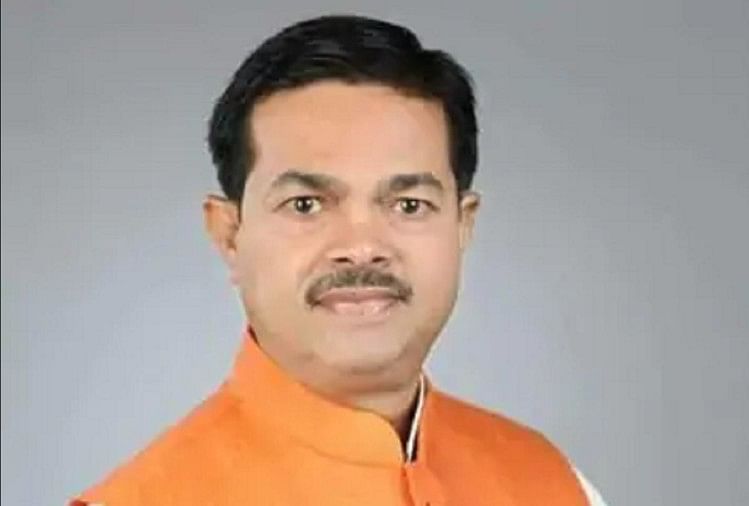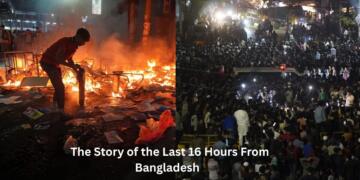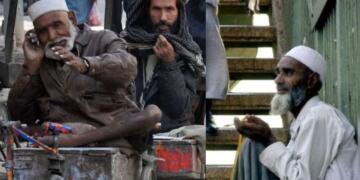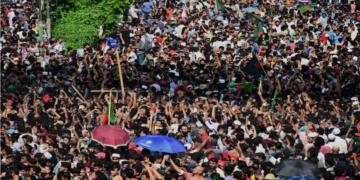In Prime Minister Modi’s cabinet reshuffle and expansion, OBCs were given a good number of posts. Of the 78 ministers in the cabinet, 27 are from the OBC community and 12 from the SC community. OBCs in Uttar Pradesh were given prominent places with the inclusion of S P Singh Baghel and B L Verma in the cabinet from BJP and Anupriya Patel from Apna Dal.
In the last assembly as well as general elections, Kurmis in Uttar Pradesh have voted in large numbers for BJP and to ensure that their loyalty remains with BJP – B L Verma and Anupriya Patel were included in the cabinet. The party has already made Swatantra Dev Singh, a Kurmi from Easter Uttar Pradesh state unit President.

The Kurmi and Koeri votes would be a hedge against the Yadav support for SP and upper caste would be a hedge against Muslim voters – riding on this formula, BJP is expected to post spectacular victory in the 2022 general election.
Previously, Most Backward Social Justice Committee (MBSJC), which constituted by Uttar Pradesh Chief Minister Yogi Adityanath, recommended dividing OBC subcastes into three categories – pichda, ati pichda aur sarvadhik pichda (backward, very backward, and most backward). While 12 subcastes have been put in the backward category, 59 have been placed in very backward and another 79 have been put in the most backward category. Each group is expected to get a 9 per cent reservation of the total 27 per cent allotted for OBCs.
The backward community would include castes like Yadav and Jats who currently siphon off most of the 27 per cent of quota while other castes in the OBC category are marginalized. The quota of these castes would be limited to 9 per cent.
The very Backward category would include castes like Gurjar, Kushwaha-Maurya-Shakya, Prajapati, Gaderia-Pal, Baghel, Sahu, Kumhar, Teli, and Lodh who have poor representation political and economic front. The employment rate of these castes is only 50% in comparison to their population. The panel also said that some specific castes among them have been securing more employment in comparison to other castes, which is contributing to the emergence of a new middle class.
Read More: 2022 UP elections will mark the end of Mayawati as a tall Dalit leader
The third category, the Most Backward, includes castes like Mallah, Nishad, Kewat, Kashyap, Kahar, Bind, Rajbhar, Bhar, Loniya Chauhan, Dheevar, and Ghosi. They are backward in all respects- culturally, economically, socially, and as well as politically. Most of them are employed in lower levels of government services (Grades 3 and 4 jobs).
The new quota system might be implemented before the assembly election. It is very evident from the cabinet expansion as well as revision of the OBC quota that BJP is banking on a combination of upper caste, non-Yadav OBC and non-Jatav SC to win the election because this formula has worked for the party every time.































